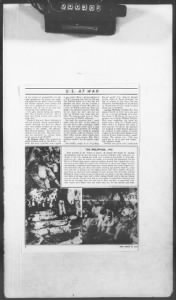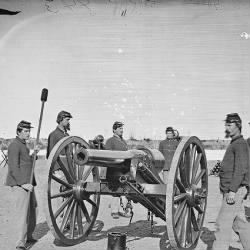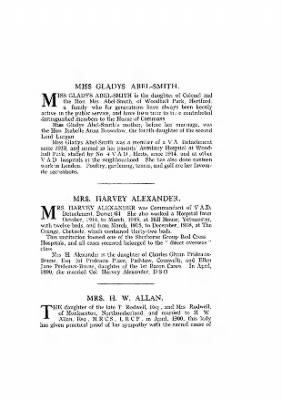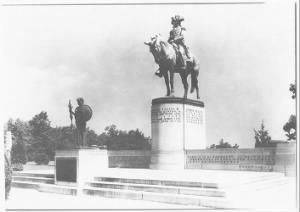
This month, we’re highlighting some of Fold3’s newest casualty records. Check them out!
US Marine Corps Casualty Indexes
This index contains basic information on U.S. Marine Corps casualties from the World War II and Korean War eras, about 1940–1958. Types of information available may include name, location, cause of death, death date, military unit, and service number. The records are organized alphabetically by surname, then given name.
British Battle Casualties of the Crimean War
This index documents British army and navy battle casualties during the Crimean War. It was compiled from contemporary editions of the London Gazette and contains approximately 16,000 names. Types of information available may include name, rank, regiment, regiment number, sub-unit, battle, soldier status, enquiry date, and print date. The records are organized by regiment, then the individual’s name.
British WWI Wounded and Missing
This index lists wounded and missing British, Australian, Canadian, and South African military personnel in all theaters of World War I about whom enquiries were made to the British Red Cross or Order of St. John. Information available may include name, notes, enquiry date, rank, regiment, sub-unit, regiment number, battalion, company, theater, and missing or wounded date. The records are organized by theater, regiment, then the individual’s name.
UK, Army Registers of Soldiers’ Effects
These records document the money owed to soldiers in the British army who died in service between 1901 and 1929. A small number of soldiers discharged as “insane” are also included. Information available may include the name, regiment, and rank of the soldier, his next of kin and their relationship, the date and place of death, plus the details of the money owed. The records are organized by payment center, year range, then register number.
Get started searching or browsing these titles and more on Fold3!









